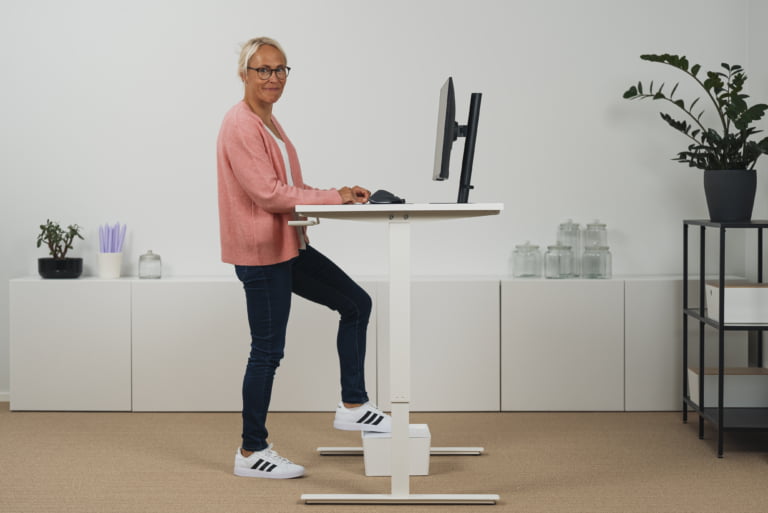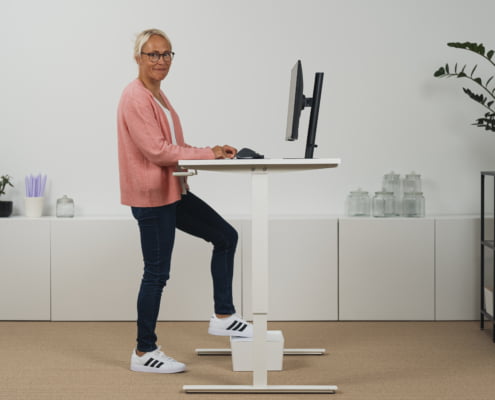Four Tips from Mehiläinen’s Occupational Health Physiotherapists for Better Workplace Ergonomics
Remote and hybrid work has become more common in many workplaces, and technology enables working from various locations. While this flexibility is convenient, it has also increased irregular working hours, poor postures, and further reduced physical activity. No matter where or how you work, it's important to act before your body starts to “complain.”







